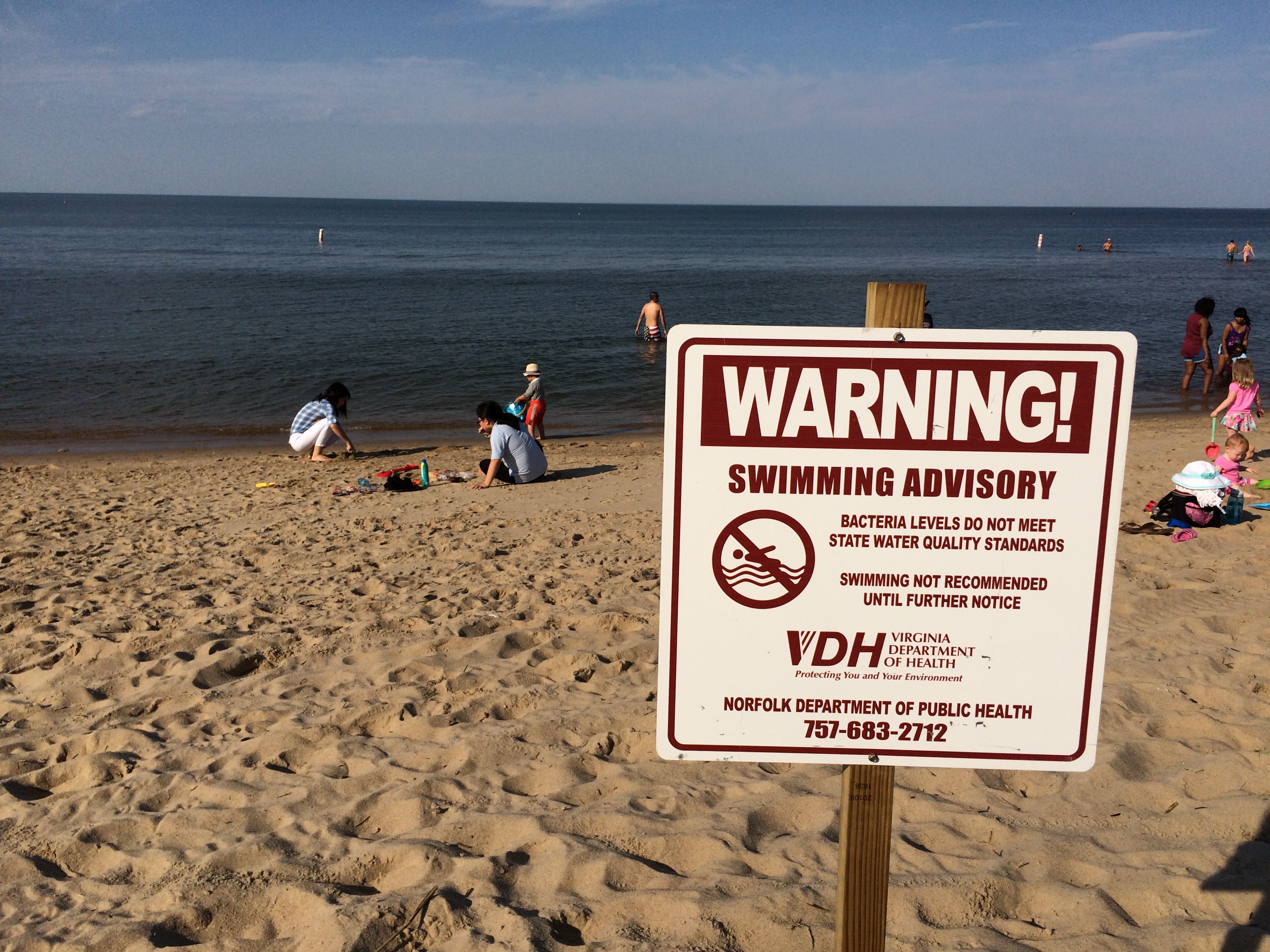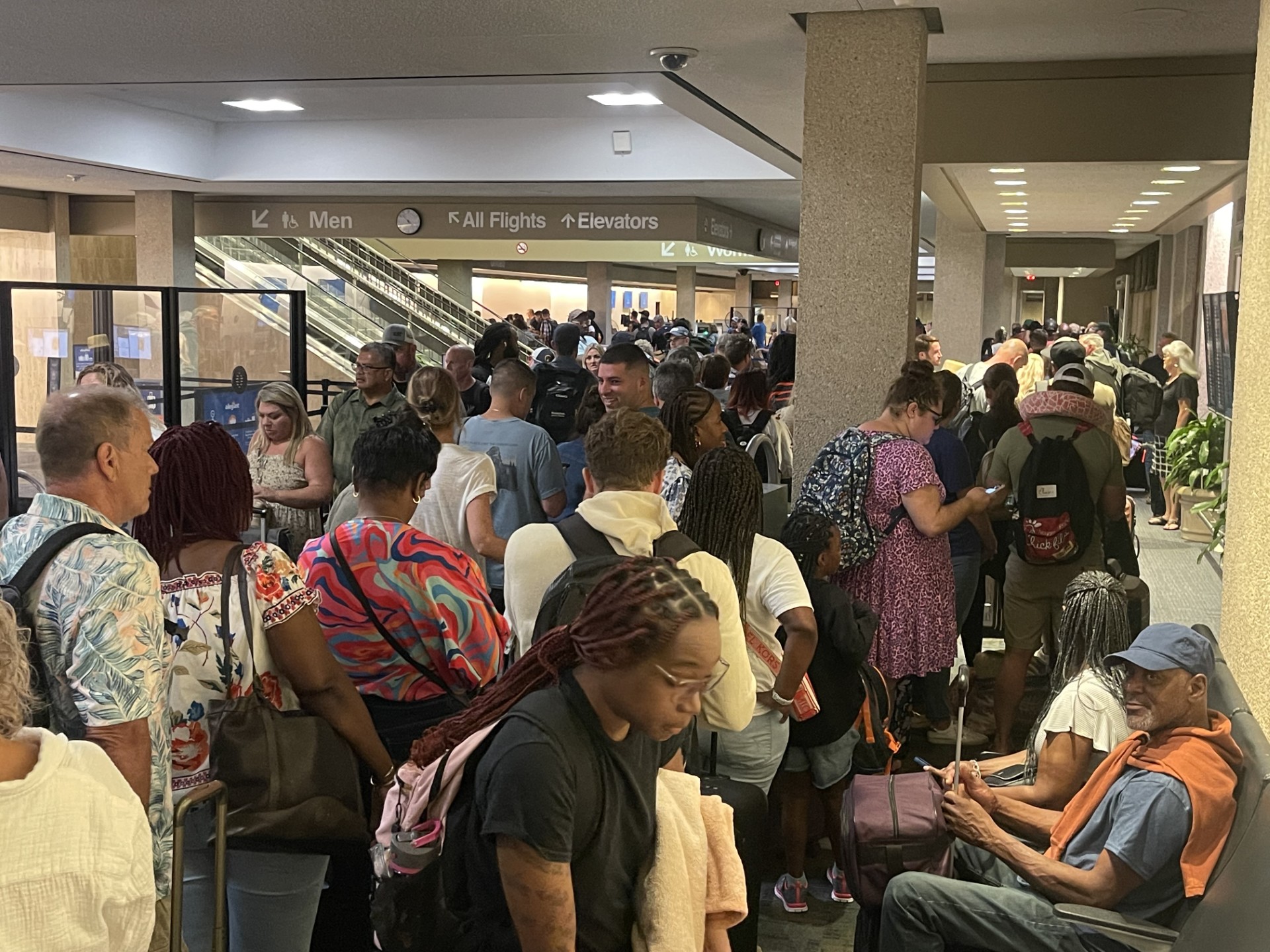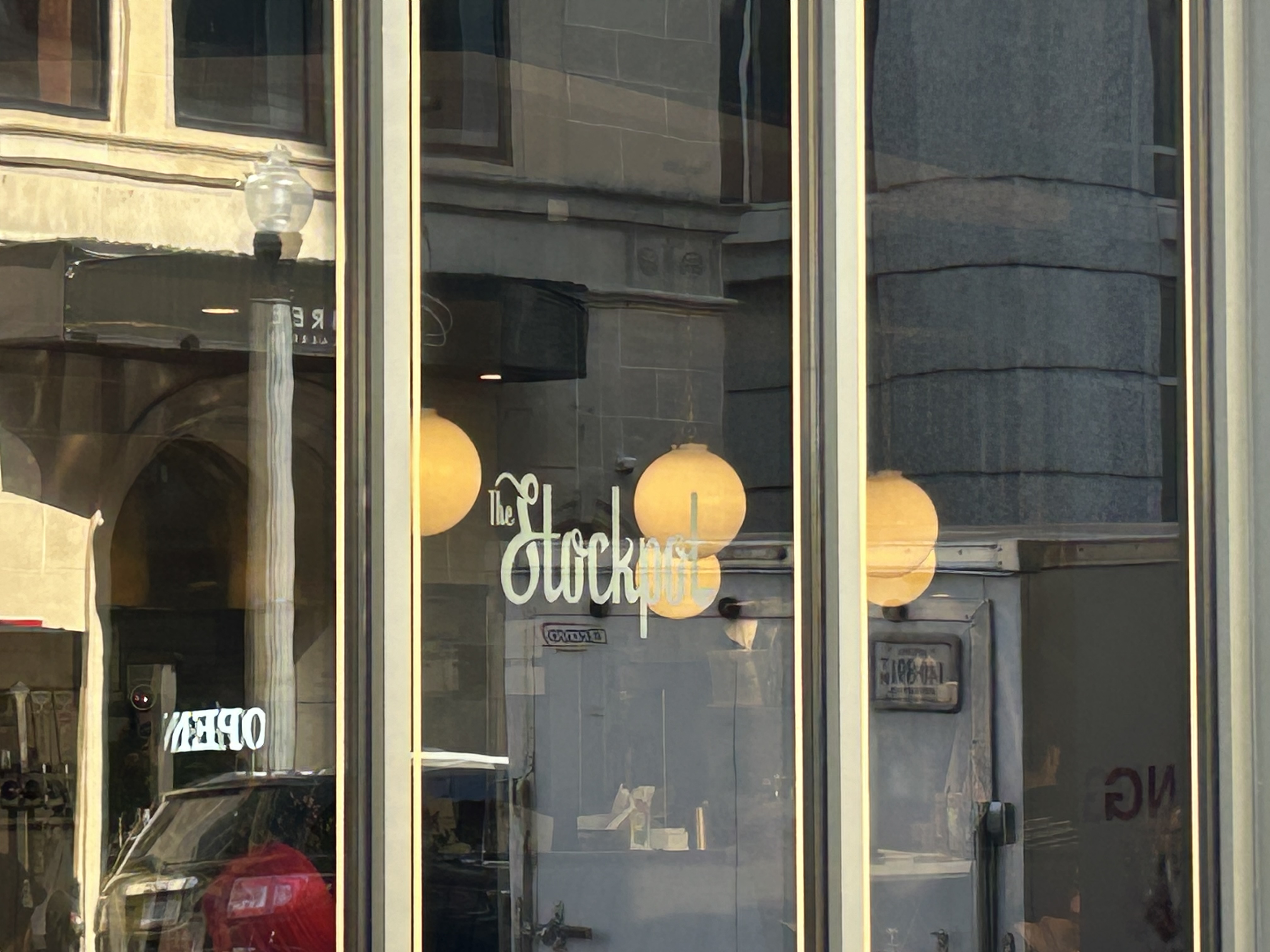NEW KENT COUNTY, Va. (WAVY) — Most history books spend a lot of time talking about the landmark case of Brown vs. Board of Education.
The first case was in 1954, the second in 1955. The first case made racial segregation in schools illegal, and the second ordered that schools be integrated “with all deliberate speed.”
The problem: Dr. Calvin Green, who lived in New Kent County, thought “with all deliberate speed” wasn’t working.
10 years after the Brown case, schools were still segregated. So Dr. Green went to the U.S. Supreme Court with a case that argued for immediate integration of schools.
And in a unanimous decision, the Justices of the Highest Court agreed to order just that.
You can not overstate the contributions of Calvin Coolidge Green.
He was one of 11 children, and was named after the 30th president of the United States, John Calvin Coolidge Jr., who served from 1923 to 1929.
What Dr. Green did for New Kent County and for America is indisputable.
“Black and white schools were completely different in terms of resources, facilities, funding,” said his son, Anthony Green. That belief is at the root of what Green did and why.
More Hidden History
Following the dictates of Brown v. Board of Education (1955), New Kent County created a “Freedom of Choice” desegregation plan.
New Kent County resident Jimmy Burrell, who was in the class of 1957, chose to attend the all-black George W. Watkins School.
The Brown decision was not integrating schools by putting blacks and whites together, “We thought things would be better after Brown. We thought we would have new text books, we would have better furniture, we would have better buses … but it didn’t happen,” Burrell said.
“There was no free choice. You go to that school, period. Black students went to black schools, and white students went to white schools,” Anthony added.
So in 1965, Calvin Green files his first of three lawsuits against the School Board of New Kent County.
He would lose twice, but finally win at the highest court in the land.
The argument, that Freedom of Choice did not integrate New Kent County Schools and is therefore unconstitutional.
Freedom of Choice plans were created to avoid compliance with the Court’s mandate in Brown II.
The case made its way to the United States Supreme Court. In a 1968 audio recording you can hear Chief Justice Earl Warren ask the attorney for the county, “When there hasn’t been a single white child go to that school that is entirely Negro, is that accomplishing any purpose for Brown?”
That’s right. After Brown, not one white student went to the Watkins school. About 117 blacks including Green went to the white New Kent School.
The Chief Justice called Freedom of Choice, which kept blacks in one school and whites in another, a booby trap.
“Is in the experience of three years in that county, where there never has been a white child go to a — the Negro school, isn’t that some indication that it was designed for the purpose of having a booby-trap there for them that they couldn’t — didn’t dare to go over?”
It is clear from the questions from the justices, including Thurgood Marshall, that they were unanimously opposed to the school board’s case.
Marshall had been brought into the NAACP Legal Defense Fund and their work set the stage for what was to become the Brown v. Board of Education of Topeka, Kansas case.
When the case went to the Supreme Court, Marshall argued that school segregation was a violation of individual rights under the 14th Amendment.
In the end, New Kent was the perfect test for total integration, because the county only had two schools.
One had whites and one had blacks.
Anthony explains it quite clearly, “Black and white make one,” he says slapping his hands together.
Done. The Supreme Court ordered the total integration of both schools.
All elementary students, black and white, went to the Watkins School and all high school students, black and white, went to the New Kent School.
Jimmy’s sister Betty Burrell remembers how some whites responded.
“In fifth grade, I’m in the fully integrated school, and a girl I thought was my best friend, also called me the “n” word, and that ended our friendship.”
As he turns the pages of the court brief, Anthony can’t help thinking about his dad.
“I’m thinking again about him, standing up for what is right … he did not just stand up for his sons, he stood up for the community. He stood up for this nation … he believed everyone should be given equal opportunities … and the name Green means something to me.”
A great name indeed. Anthony was moved thinking about his dad, who was standing up for what is right.
Dr. Green stood up for the community, and the nation.
The 14th Amendment reads in part, “nor shall any State […] deny to any person within its jurisdiction the equal protection of the laws.”
Dr. Green helped make those laws.











































































































